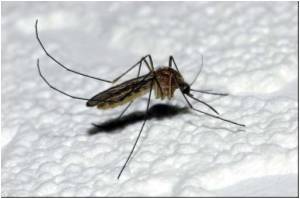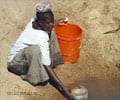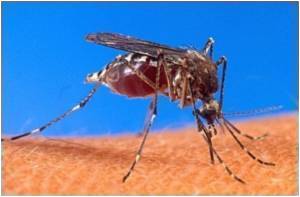
The distribution of millions of insecticide-treated mosquito nets and increased spraying against the insects is having a dramatic impact, according to the WHO's World Malaria Report 2010 report.
For the first time in 2009, no cases of locally-transmitted malaria were reported in Europe. Morocco and Turkmenistan were added to a growing list of countries as being malaria-free, WHO said.
Forty-two percent of African households now have a treated anti-mosquito net and 11 African nations have showed a greater than 50 percent reduction in confirmed malaria cases or malaria admissions and deaths over the past decade.
About 90 percent of malaria deaths each year occur in Africa and 92 percent of those are children aged under five.
In China the number of cases has fallen more than 50 percent over the past decade and in India by about a quarter.
Advertisement
WHO director general Margaret Chan said: "The results set out in this report are the best seen in decades. After so many years of deterioration and stagnation in the malaria situation, countries and their development partners are now on the offensive."
Advertisement
He predicted that a UN goal of ending malaria deaths by 2015 could be achieved.
There has been a massive increase in the number of anti-mosquito nets handed out in threatened countries since 2008. The nets are now used to protect more than 578 million people at risk of malaria in sub-Saharan Africa, said the report.
Chan said nearly 350 million nets had been distributed by the end of 2008.
Indoor residual spraying protected 75 million people in 2009 alone.
WHO estimates that the number of cases of malaria rose from 233 million in 2000 to 244 million in 2005 but decreased to 225 million in 2009. Leaders insist that more resources are needed to completely eradicate the disease, which remains a major killer of children.
The agency said 106 countries still have endemic malaria, including 43 countries in Sub-Sahara region, which Chan called malaria's "hard land".
"Outside Africa, the malaria map is shrinking as more and more countries eliminate malaria from their territory," said Chan, "but progress on every front at every level is fragile."
International spending in the war on malaria is predicted to peak at 1.8 billion dollars in 2010, but WHO estimates that about six billion dollars a year is needed to wipe out the disease.
Source-AFP









